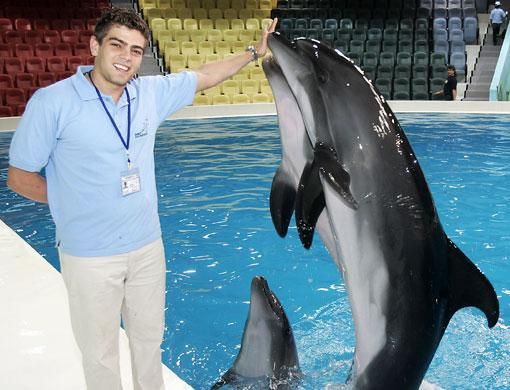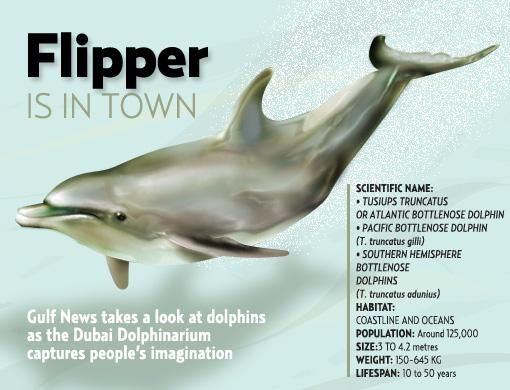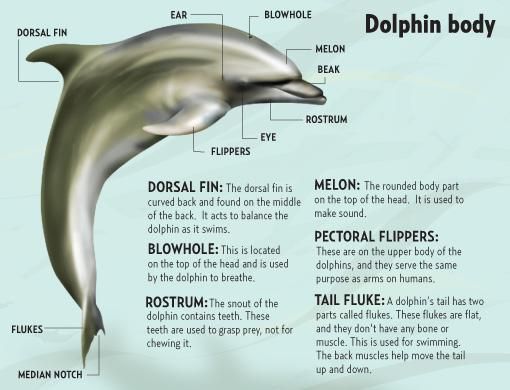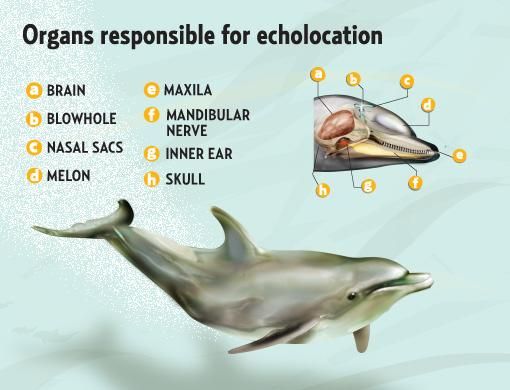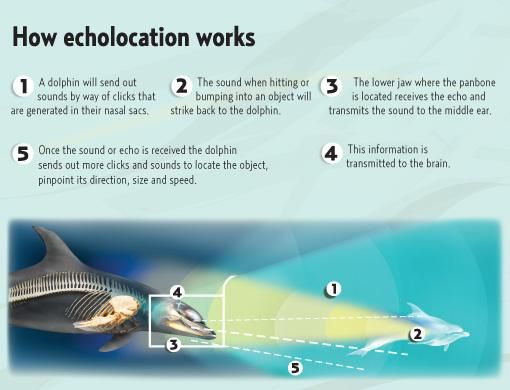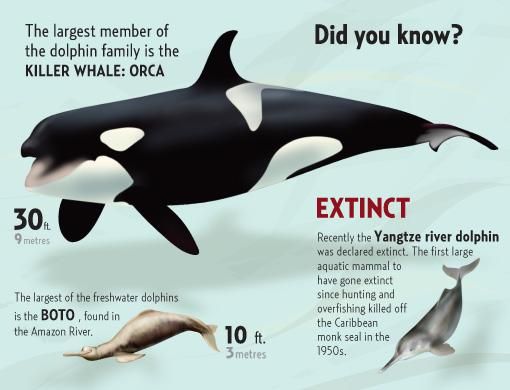Dubai: Marfa, Senya and Kshuysha sound like characters from a Russian folk tale. Perhaps we are not far from the truth. Although they may not turn into geese and fly away, they can perform high somersaults and have serious attitudes.
The three are part of Tommy Wilken's world. A dolphin trainer for eight years, he has spent most of his teenage and adult years working with dolphins at Seaworld in Durban, South Africa.
He got his degree in marine sciences, including behavioural study while on the job.
Currently at the Dubai Dolphinarium, his workmates are two second-generation bottlenose dolphins from Ukraine, bred in captivity, 22-year-old male Senya and 20-year-old female Kshuysha, along with 18-year-old female Marfa, who was rescued after being captured by a gill-net in the Black Sea.
Gill-nets are an extremely cruel tool of fishing that captures by entangling the gills of fish.
The beautiful creatures that legend says are the actual source of the mermaid myth are extremely social. They live in large groups known as pods in the wild; the numbers could range from twenty to thousands.
While in case of humans this usually means chaos, dolphins have very clear hierarchical societies. Men have their place; the women and babies have theirs.
And if not followed, the chatty mammals can become rather violent, which makes them a training challenge.
"The three do not fight at all. As there is a clear social structure with the male at the head of the group ... the women, well, they know their place," said Wilken.
"Dolphins can be fun and challenging to work with. Marfa is the clever one - she is the one who thinks of new behaviour. For example if anybody walks past, she seems to know that she looks cute, Marfa splashes him or her with water. This gets people's or the trainer's attention and she gets a toy, a treat or something."
While Marfa plays to the gallery, Senya is a lot like a traditional head of the house. "He is the stern one. He keeps the women in check and they follow him a lot."
The most docile is Kshuysha, who is more relaxed and gives advanced performances.
"She does somersaults and hits a ball at the same, which includes several behaviours in one action. She is an aerial dolphin."
Wilken is quick to point out that all training works on the principle that it is an extension of their natural behaviour. So if a bottlenose likes to jump, they add the hoop.
While working with dolphins he uses the system of confirming positive behaviour and ignoring unwanted actions.
"There is no punishment involved. We only use a positive reward system, which could be through satisfying primary needs such as food or secondary reinforcements such as rubs, tickles, favourite toys, spray from a hosepipe or music."
Toys include balls or hoops and ice lollies made from frozen fish.
"It is important that you let dolphins investigate, work for their food - it prevents boredom and keeps them stimulated. They prefer working for their food."
He emphasised that training works more to keep animals in captivity from becoming bored.
They are really sensitive creatures but with a wild side. He said: "They are clever animals that hunt and survive in the wild - we have to treat them with respect. You would not jump into the middle of a lion pride, the same is true of a dolphin pod."
A reason that most scientists warn people not to be fooled by their smiling faces. Genial they may be but tame they are not.
The Dubai Dolphinarium, over 4,900 square metres, has three pools - the main show pool, a training pool, and the medical pool that is shallower for faster draining of water in case of emergency care for the dolphins.
Every morning at 8, Wilken checks on the dolphins. They get their vitamins and food is prepared according to body weight. It is followed by interaction with the animals.
Have your say
Are you interested in knowing more about dolphins? How much did you learn from this report? Would you like us to cover more such topics? Tell us at
letter2editor@gulfnews.com


